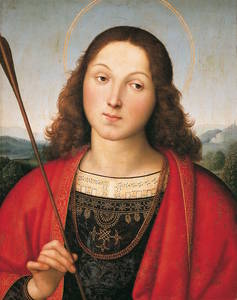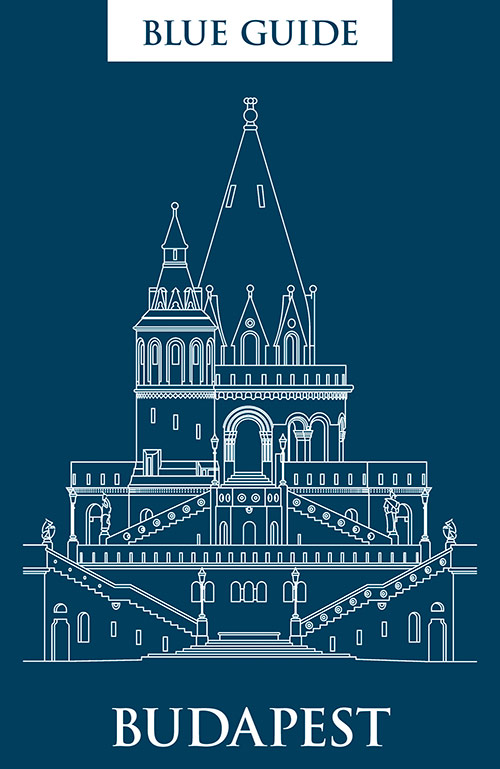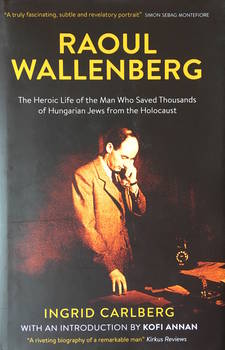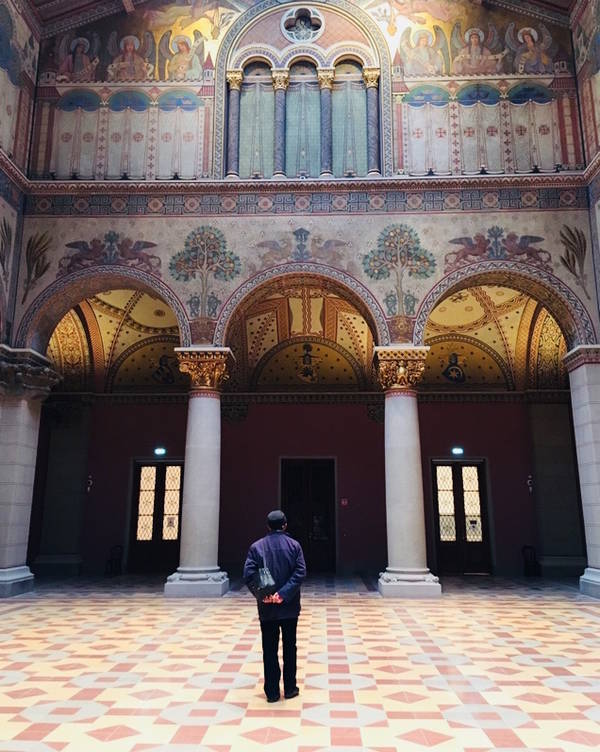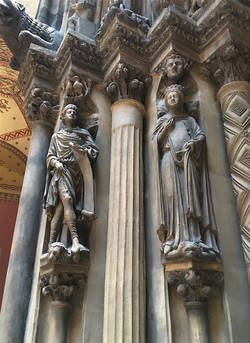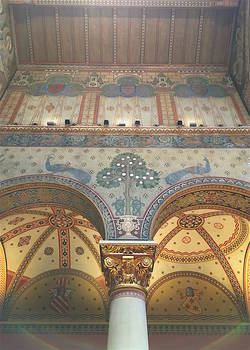Tiziano e la pittura del cinquecento tra Venezia e Brescia is an exhibition curently running (until 1 July) in the Museo di Santa Giulia in the Lombard town of Brescia. The centrepiece is Titian’s Averoldi polyptych—although it is in fact only present in a dramatic video show as the curators wisely decided to leave it in situ the church of Santi Nazaro e Celso, for which it was painted and where it has been ever since the great artist delivered it there in 1522 (it is not far away from the exhibition venue). It is a magnificent work, unusual in the fact that it is divided into the form of a polyptych with smaller scenes around the central Resurrection which include a particularly beautiful Annunciation (the Angel and the Madonna in two separate panels), as well as a St Sebastian, which is a remarkable study of human anatomy: it has been recognised that the intrinsic drama of the nude figure shows the influence of Michelangelo’s Slaves as well as the Hellenistic statue of the Laocoön, which was discovered in Rome at just about this time.
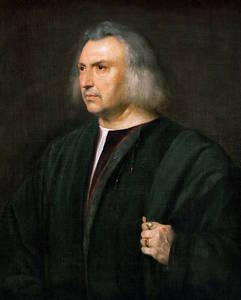
Gian Giacomo Bartolotti
Titian is again documented in Brescia as an old man in his 80s, when he accepted a commission to paint three large canvases for the upper floor of the famous building known as the Loggia. The subject of the central panel was the Apotheosis of Brescia, represented by a matronly lady magnificently dressed, and the other panels personified the age-old activity of the production of arms in the town with Vulcan in his forge, as well as the agricultural activity in the countryside around Brescia, symbolised by the goddess Ceres. Palladio, when on a visit to the town to advise on the architecture of the Loggia,recorded his admiration for these works, which were unfortunately lost in a fire which devastated the building only six years after they had been installed. For the exhibition they have been reconstructed as far as possible in a video, based on an engraving made in the 18th century.
Another connection the great artist has with Brescia is the Triumph of Christ woodcut owned by the Musei Civici. This is one of five versions, produced in five blocks, of a drawing by the artist based on the theme of a Classical ‘Triumph’. Rather bizarrely it shows Christ seated on a chariot pulled by the four symbols of the Evangelists and accompanied by the four Doctors of the Church (resembling the bodyguards who run beside the Pope’s car today). The procession which precedes and follows the chariot is made up of crowds of figures from the Old and New Testaments. The version preserved in Brescia has been recognised as a first edition (and dated 1517).
However the exhibition is perhaps especially interesting for its study of the three principal artists born in Brescia who were contemporaries of Titian: Moretto, Giovan Girolamo Savoldo and Girolamo Romanino. Their works demonstrate not only how closely they must have looked at Titian’s work, as well as that of Lorenzo Lotto (the Venetian artist who was least influenced by Titian), but who at the same time clearly managed to create a school of their own. We are shown a wide range of their production, which underlines their ability to produce paintings of religious subjects which often concentrate on naturalistic details, and intimate, almost cosy, settings, and even include night scenes, as well as portraits of great ingenuity. The curators have suggested that there is little doubt that the young Michelangelo Merisi, thought to have been born at Caravaggio in the Bergamasco in 1571, must have studied their work before leaving for Rome, where he was to became Italy’s most famous painter of the 17th century.
This exhibition is in many ways a revelation of the skill of the local painters but also an opportunity to admire great works by Titian, and in particular two of his male portraits (c. 1515–20): the famous Mosti Portrait (from the Pitti) and the much less well-known portrait of a man identified as the painter’s doctor Gian Giacomo Bartolotti da Parma, today preserved in the Kunsthistorisches Museum in Vienna. It is the most memorable work in the show.
Reviewed by Alta Macadam. Alta has recently spent two weeks in and around Brescia preparing text for the forthcoming Blue Guide Lombardy, Milan and the Italian Lakes.







